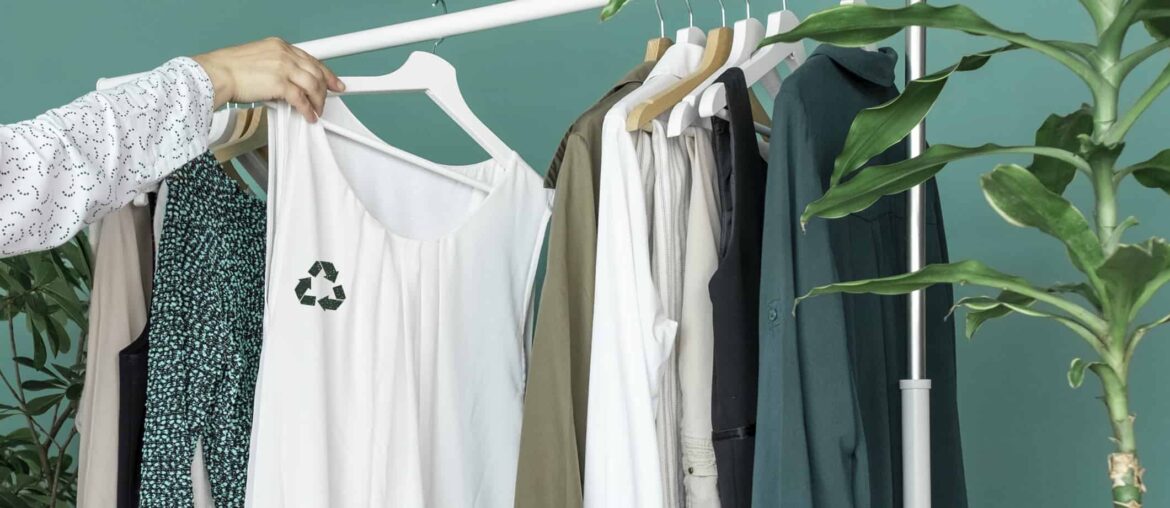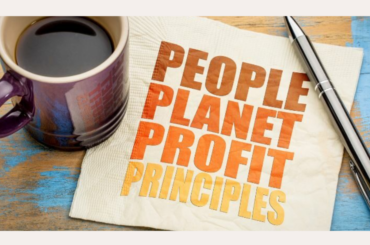Because of its fast-paced nature, the fashion industry revolves around seasonal trends. Most items are quickly bought while they are in style and immediately discarded when the next trend arrives. This unfortunately increases the amount of textile waste on the planet. In the US, Americans discard 16 million tons of textile waste a year.
The industry is toxic, both to us and to the world. According to the World Bank, the fashion industry is a vicious exacerbator in raising the world temperature, contributing a staggering 8 to 10% of the world’s greenhouse gas emissions per year. This is higher than the global emissions from international flights and maritime shipping combined.
But we are becoming more environmentally conscious when it comes to the environment. Instead of believing in brands that greenwash themselves as a marketing ploy, be proactive about sustainable fashion by taking one of these simple first steps.
1. Take the 30-wear test before buying.
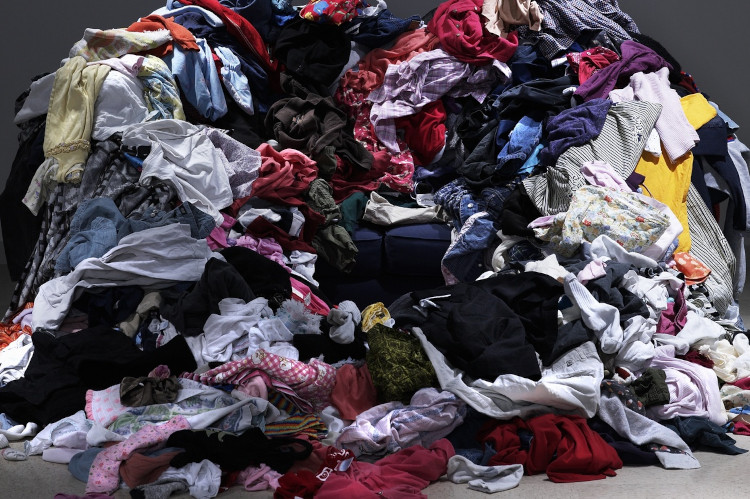
Invented by Livia Firth, the founder of Eco-Age, this test determines whether an item will have lasting value or not. The 30 wears test has gained traction with both savvy and non-fashion-savvy people.
Before shopping for a new piece, ask yourself: will you wear this at least 30 times? If you say yes, go for it. But most of the time, you will be walking away from an unnecessary purchase. This test helps you see whether you truly need something, thus lessening the number of discarded clothing items in nature.
Advice: Stay well away from any pieces that you aren’t wearing for a long time. Your bank accounts and the Earth thank you for your sacrifice.
2. Make your clothing a year-round investment.
As it implies, a summer dress only looks good in the summer or an autumn blazer in the autumn. This means these items are meant to be worn outside of their one designated season. That means lots of these seasonal clothes will sit in the back of the closet for three other quarters of the year.
Instead of going for seasonal items, make your clothing purchases a year-round investment to stay environmentally conscious. For example, if you live in a tropical country with a few cooler days only, stay away from any winter fur coat. Instead, shop for clothes that suit you year-round. Jeans, t-shirts, classic dresses, timeless coats, and jackets are awesome choices.
Advice: Shop for year-round clothes to save space in your closet, save money in your account, and save the world from textile waste.
3. Take care of your clothes, even the inexpensive ones.
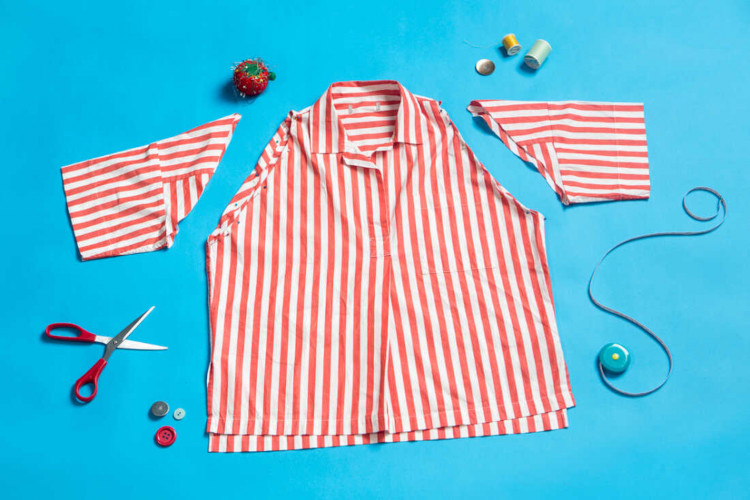
This sounds weird, but by looking after your clothes, you are also looking after the environment. Naturally, you will be more attentive toward your expensive pieces, but with the more affordable ones, you are likely to consider them easily replaceable.
However, longevity depends not on things but on the use we make of them. By careful up-keeping, your clothes are less likely to be binned, thus reducing textile waste in the environment. Tips to extend the life of your clothing include: using steamers and de-bobbers to keep your clothes looking new; separating light-colored items when washing to avoid bleeding; and more.
Alternatively, you can learn to fix your own clothes. Or at least, find a good tailor to help with unfortunate tearings.
Advice: Attentiveness will make your clothes last, which in turn makes the world last.
4. Quality trumps quantity, always.
When you shop for clothes, always opt for good fabrics. Of course, these items would be more costly, but consider this: A shirt made from high-quality fabric might be more expensive than its one cheap knockoff, but it would be a lot less expensive than the three replacements you are going to need to replace the knockoff.
This minimizes the number of textile throwaways you are unleashing on the environment. This is because these fabrics have better color fastness, meaning they are unlikely to fade or bleed onto other clothes. They are also less likely to shrink, retaining their fitness for more than one wash, and have a better feel of fabric grains, meaning fewer chances to tear.
Advice: Make sure the environmentally-conscious purchase is worth that price.
5. Go vintage
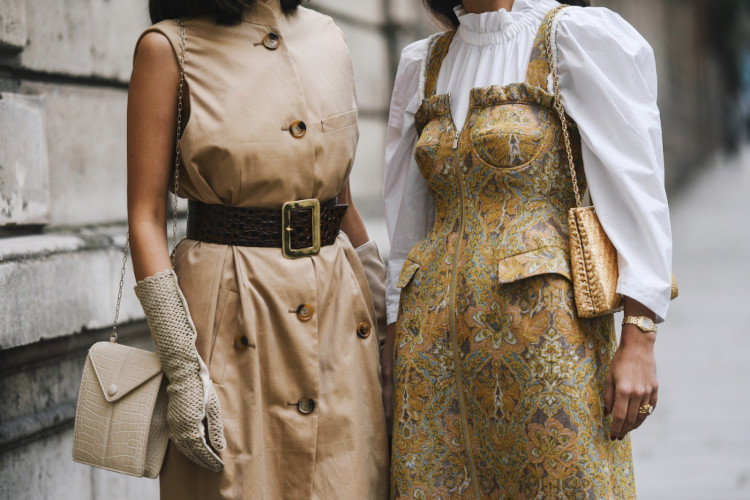
Most fashionistas have learned the rule by now: fashion repeats itself once in a while. In other words, all the trends that we are chasing are rehashes of older trends from the past. This is why being vintage will never go out of style. In fact, the disco-era’s wide-leg pants and retro sneakers made their return just last year.
Going vintage does have a beneficial environmental effect. It costs zero in terms of materials and energy to make vintage clothes, meaning you are reducing a lot of potential greenhouse gas emissions by reusing old clothes and being vintage.
Advice: Fashion trends are also recyclable, so hold on to your zero-emission vintage clothing for sustainable fashion.
6. Practice the one-in-one-out policy
If trend-chasing is your fashion mantra, then try an alternative and environmentally conscious compromise: one in, one out. This means that for every new piece you buy, get rid of another that you no longer wear. Use the 30-wear rule to see if you are going to keep wearing something.
This doesn’t mean tossing these items immediately. Instead, donate them to charity or goodwill stores, so other people can recycle your clothes. Or at least, to keep people who cannot afford clothes stay warm.
Advice: A piece bought, another donated, everybody’s happy.
7. Avoid micro-fabrics like a plague

Micro-fabrics are made from synthetic materials, which when broken down, become minuscule microfibers in the environment. Because they are impossible to clean up, the saturation of microfibers is increasing by the day, hurting the ecosystem. It is estimated that about 35% of microfiber pollution is from the fashion industry.
Moreover, micro-fabrics like polyester are the worst materials to wear. They don’t absorb sweat and retain a lot of heat from the environment. Instead, choose organic fabrics when shopping for clothes. Not only are they more comfortable to wear, but these pieces also do not harm the environment when they break down. Alternatively, recycled fabrics are also an awesome choice.
Advice: Sustainable fashion is synonymous with natural fabrics such as organic cotton, wool, silk, and cashmere.
8. Borrow when you can, second-hand-buy and rent when you can’t.
Most fashionable people forget that they can rent and borrow clothes. Why purchase when you can rent expensive pieces for less, especially when they fail the 30-wear test? Most celebrity stylists often rent or borrow a signature piece from famous designers for their clients as well.
If you only need a new item for a short amount of time, try borrowing it from a friend or acquaintance if the piece is relatively cheap and inconsequential. However, for more expensive and occasional pieces, like wedding dresses, tuxes, or prom dresses, it might be better to rent them.
Alternatively, you can also shop second-hand from people who aren’t too keen on sustainable fashion. Most secondhand pieces are in good condition and have only been worn a few times.
Advice: if celebrities also borrow clothes, there’s no reason you cannot.
9. Look for ethical and sustainable fashion brands.
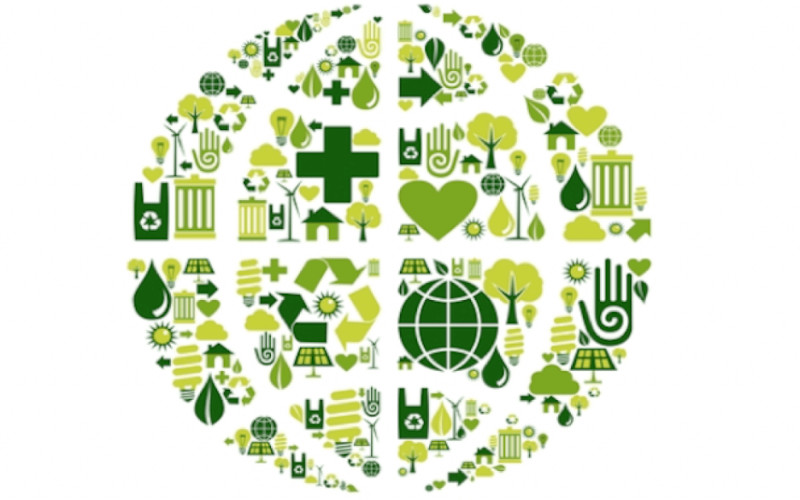
With the booming of social media, more brands are becoming aware of how profitable it is to be “sustainable” and “ethical.” Thus, they attempt to brand themselves as green, eco-friendly, or environmentally-conscious brands, despite doing the exact opposite. This is called “greenwashing.”
More than once, brands that claim to be environmentally conscious have been caught using pollutive materials to produce their green lines, like the once infamous greenwashing cases of H&M, Zara, and Uniqlo. By choosing to favor unethical brands, we are endorsing their pollution, which gives them no reason to change.
Instead, take your money to sustainable fashion brands to help them grow. Look on the Internet for more information regarding whether your favorite brands are sustainable. And if you cannot, email them directly for more information.
Advice: Do your research and promote sustainable shopping by shopping at sustainable brands
10. Change your attitude toward fast fashion.
Fast fashion is also the main culprit behind why the fashion industry is so toxic for the environment and the people involved. With promotional tactics that make you feel ashamed for wearing something twice or from last season, the industry boosts its sales based on manipulating people’s insecurity and craving for recognition. Thus, often, we give in to peer pressure and end up spending on a new piece.
Worse still, because fast fashion requires items to be produced en-masse in a short time for minimal cost, the result is a large quantity of untreated toxic waste being dumped into the environment. These brands don’t have the time or funds to properly treat them before jumping to the next trend.
While big-name designers have been pledging to remedy the negative effects of the fashion industry on the environment, the progress is slow. That’s why you need to make the first move to change your way of life.
Advice: Change your attitude. Brands operate on the needs of their customers. If the mass no longer rushes after trends, then the need for fast fashion will be wiped out.
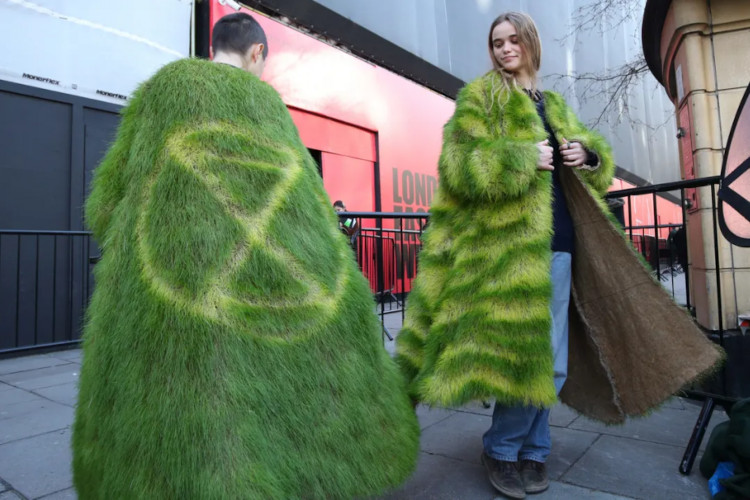
Because it manipulates your need to replace clothes, maybe it’s time to give trend-chasing a rest. The fashion industry has successfully brainwashed us into believing fast fashion is the only approach to being in vogue. This thought is so prevalent that “last season” has become a common insult to even people who don’t follow trends and styles.
Follow Tenere for a list of actual sustainable clothing brands. Not only are you ditching the toxic fashion industry by shopping here, but you are also greening the environment by donating to tree-planting projects when shopping with Tenere. More information on how Tenere works and what it is can be found on their website.

